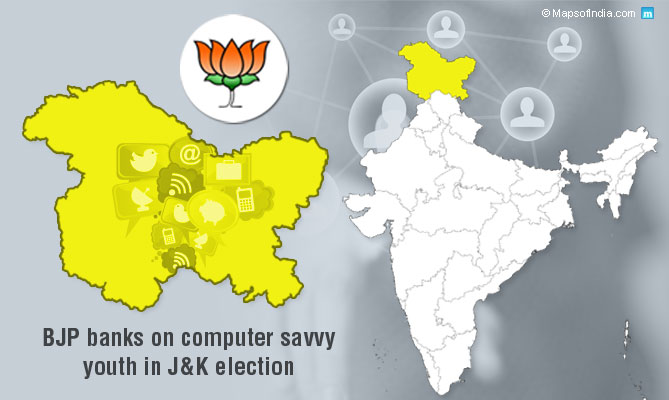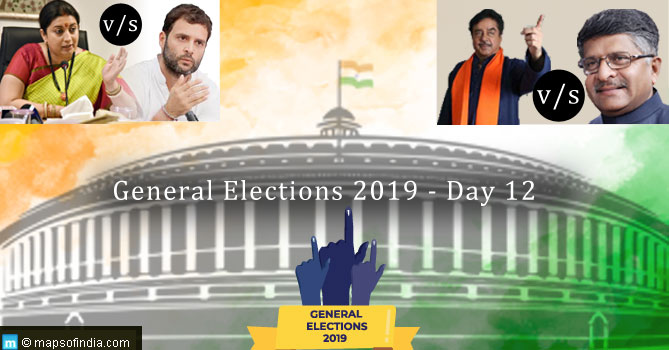The 16th Lok Sabha elections 2014 were indeed different from the previous similar elections not only in results but the way the election campaigns were handled and executed. Social media played an extremely important role this time. It was extensively used and probably bypassed the traditional media. At the time of campaigning for general election 2014, among politicians, Narendra Modi’s official Facebook page was second only to Barack Obama in number of likes. He had more than 16 million likes on his Facebook page when sworn in as the Prime Minister of India. He was the most popular politician on Google+ and the first politician in India to use Google+. Analysts even called it the first ‘social media elections’.
The BJP used social media to increase its online presence and to work on its offline activities. Through social media the party tried to increase transparency, answered both negative as well as positive responses and built the brand. Facebook, Twitter, YouTube and now WhatsApp are the standard tools of social media used by the party.
BJP’s social media strategy for J-K
The Bharatiya Janata Party (BJP) has also used social media during Haryana and Maharashtra Assembly elections and is expected to replicate it during Assembly elections in Jammu and Kashmir. The party has decided to use social media to increase its reach in the State. Immediate engagement and reach are the two major benefits of using social media.
The BJP won three Lok Sabha seats from J&K and the People’s Democratic Party the other three. The party emerged as the single largest party in the State and so dreaming of ruling the State is a genuine expectation. The Jammu and Kashmir Assembly has 87 members (37 seats in Jammu, 46 in Kashmir Valley and four in Ladakh) and the party is planning Mission 44. To accomplish this, the BJP will rely on social as well as traditional media of campaigning.
Elections in Jammu and Kashmir are scheduled for November-December. Unlike the rest of India, elections here take place once in six years. Notification of the first phase of polling has already been issued by the Election Commission. The BJP, the PDP, the National Conference and the Congress are contesting elections on their own. The Jammu scene is going to be very interesting because the BJP had in the LS polls recorded some gains in the region.
200 million urban youth are online
It is estimated that India has near about 200 million online population comprised of youth living in urban areas. But such a change is not only because of the number of online population but also because of appropriate social media strategies followed by the BJP. Social media tapped the youth power and made this segment a very important part of the entire election process.
The BJP will again use social media to attract the youth voters. Experts believe that if demographic support to the different political parties is analyzed then the BJP has more support from the young voters. Arvind Gupta, head of BJP’s IT division and a person behind the party’s social media campaign, said that social media affected 30-40% of the total seats in general elections. The percentage will increase to 60% by the 2019 general elections.
The BJP had a very strong base policies and strategies for social media. The party increased the overall impact of social media by combining different platforms and then linking all of these. PM Modi’s Google Hangouts were linked with Twitter Hashtags and Facebook pages. Engagement was maximum and helped the party to define future strategies. The party will try to replicate the same strategy in the Jammu and Kashmir elections to win maximum number of seats.
Related Information:
Delhi Election Candidates List
Why AAP won the Delhi Election 2015?
Why BJP got defeated in the Delhi election 2015?
Why did Congress perform so dismally in Delhi Elections 2015?






